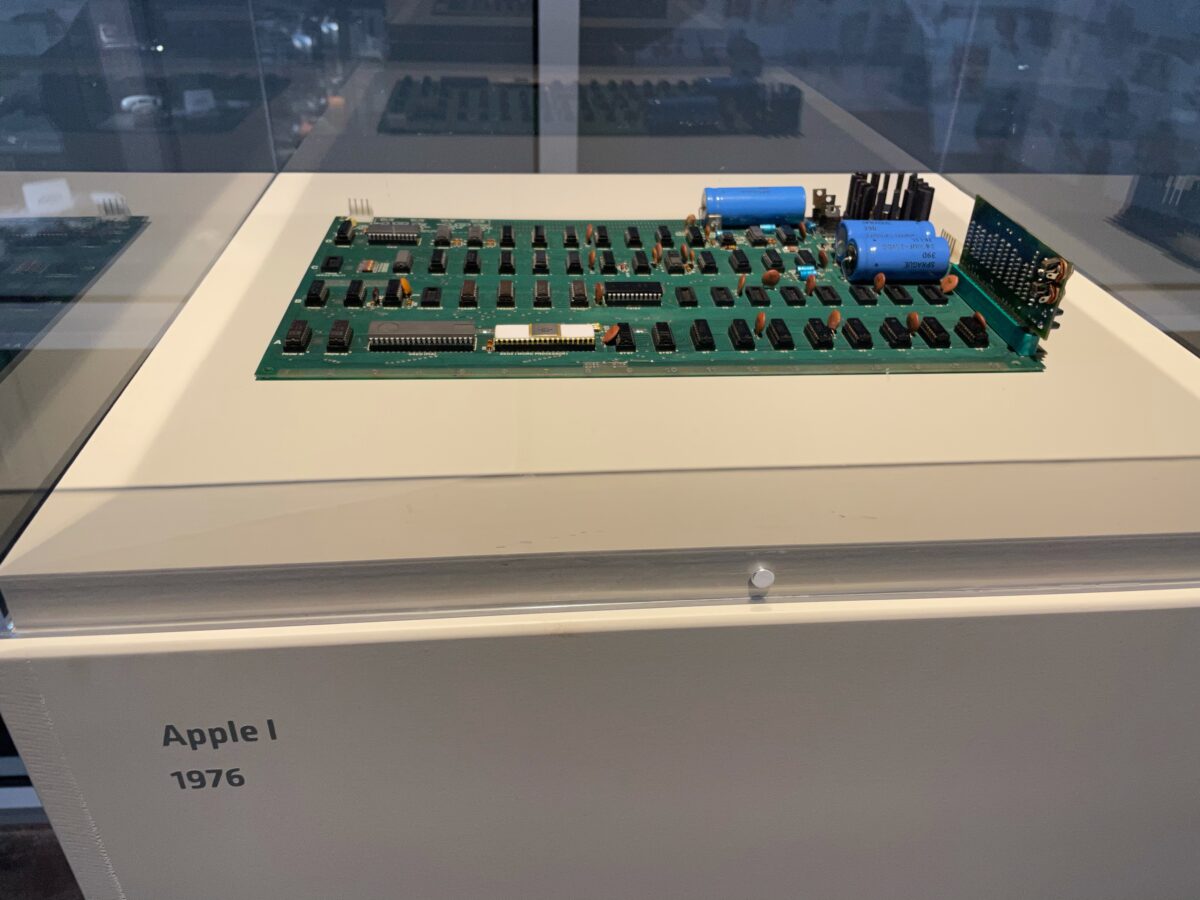It’s official. The BASIC programming language is now a senior citizen. On May 1st of 1964, Dartmouth mathematicians John Kemeny and Thomas Kurtz ran the first program written in their newly developed BASIC programming language on the college’s GE-225 mainframe. They created BASIC (Beginner’s All-Purpose Symbolic Instruction Code) to enable students in non-scientific fields to use computers. In the early 1960’s, nearly all computers required writing custom software, which only scientists and mathematicians could do at that time.
 11 years later, Bill Gates and Paul Allen created a BASIC interpreter for the MITS Altair 8800 cementing BASIC as THE programming language in the early days of microcomputers. They also formed Microsoft to market their new BASIC products.. MITS agreed to sell it as Altair BASIC and that product became the first product of Microsoft! In 1976, Steve Wozniak developed a BASIC interpreter from scratch for the Apple I. This interpreter was called Integer BASIC for the Apple II a year later, and BASIC remained a key part of the Apple II through the model’s lifespan.
11 years later, Bill Gates and Paul Allen created a BASIC interpreter for the MITS Altair 8800 cementing BASIC as THE programming language in the early days of microcomputers. They also formed Microsoft to market their new BASIC products.. MITS agreed to sell it as Altair BASIC and that product became the first product of Microsoft! In 1976, Steve Wozniak developed a BASIC interpreter from scratch for the Apple I. This interpreter was called Integer BASIC for the Apple II a year later, and BASIC remained a key part of the Apple II through the model’s lifespan.
What made BASIC great back then? First, BASIC became popular on home computers because it required very little memory to operate. Many BASIC interpreters were implemented in as little as 4k of memory. Second, it was “interpreted” and not “compiled”. Interpreters and compilers both generally turn source code (text files) into tokens, both may (or may not) generate a parse tree, and both may generate immediate instructions. The basic difference is that a compiler system generates a stand-alone machine code program, while an interpreter system instead performs the actions described by the high-level program. You write it, run it and see the results. Compiled code applications were faster and more sophisticated. However, interpreted code applications enabled many more people to get started in computer programming.
Computer Museum of America has a MITS Altair 8800, an Apple I and an Apple II on display. Come to the museum and celebrate the hardware and software that have defined the modern age.

